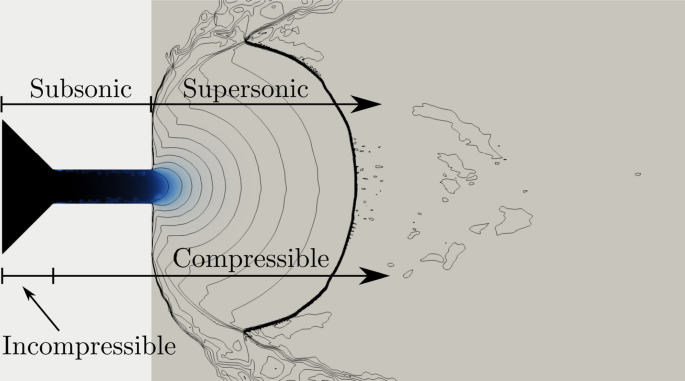Investigating 3-D Effects on Flashing Cryogenic Jets with Highly Resolved LES
Abstract
For the development of upper stage rocket engines with laser ignition, the transition of oxidizer and fuel from the pure cryogenic liquid streams to an ignitable mixture needs to be better understood. Due to the near vacuum conditions that are present at high altitudes and in space, the injected fuel rapidly atomizes in a so-called flash boiling process. To investigate the behavior of flashing cryogenic jets under the relevant conditions, experiments of liquid nitrogen have been performed at the DLR Lampoldshausen. The experiments are accompanied by a series of computer simulations and here we use a highly resolved LES to identify 3D effects and to better interpret results from the experiments and existing 2D RANS. It is observed that the vapor generation inside the injector and the evolution of the spray in the combustion chamber differ significantly between the two simulation types due to missing 3D effects and the difference in resolution of turbulent structures. Still, the observed 3D spray dynamics suggest a suitable location for laser ignition that could be found in regions of relative low velocity and therefore expected low strain rates. Further, measured droplet velocities are compared to the velocities of notional Lagrangian particles with similar inertia as the measured droplets. Good agreement between experiments and simulations exists and strong correlation between droplet size and velocity can be demonstrated.


 求助内容:
求助内容: 应助结果提醒方式:
应助结果提醒方式:


